Madonna – Los Osos Valley Road Rehabilitation Project (Finalist)
Location
Madonna & Los Osos Valley Road
City or County Responsible for Project
City of San Luis Obispo
Category
Roads: Efficient and Sustainable Road Maintenance, Construction and Reconstruction Projects.
Author
Brian Nelson
City of San Luis Obispo
919 Palm Street
805-781-7113
Project Description
The City of San Luis Obispo recently completed the largest roadway maintenance and rehabilitation project in its history on two heavily utilized arterial streets: Madonna and Los Osos Valley Roads. The roads service approximately 25,000 vehicles daily and are crucial to mobility connections for residents and thousands of commuters. This project enhanced the City’s multimodal transportation improvement goals and utilized a variety of techniques to save taxpayer money and reduce environmental impacts. Part of the City’s comprehensive Pavement Maintenance Plan (PMP), the $2.6m project covered an area of 1.17m SQFT, and was designed to emphasize maintenance of arterial streets. One goal of this plan is to maintain 70% of the City’s 130 centerline miles of streets in good condition, as measured by the Pavement Condition Index. Existing road conditions ranged from good to poor, requiring several types of pavement rehabilitation techniques. In addition to pavement maintenance work, this project enhanced the City’s multimodal transportation improvement goals by installing ADA compliant sidewalk curb ramps and substantial roadway striping changes to improve safety for bicycles, including new green and buffered bike lanes. Varied pavement maintenance treatments from base repairs and microsurfacing to Full Depth Reclamation were used to extend the life of the pavement and avoid costly future repairs. Fifty thousand SQFT of full depth asphalt base repairs were completed to fix pavement failures, prior to a microsurfacing treatment of 940,000 SQFT using 100% Reclaimed Asphalt Pavement (RAP), preserving tons of untouched aggregate resources. The RAP microsurfacing treatment is expected to extend pavement life for up to 8 years at a cost of $0.31 per SQFT. Approximately ½ mile of Madonna Road (150,000 SQFT), shown to be structurally deficient, was reconstructed through the Full Depth Reclamation (FDR) process and consisted of removing 5-inches of existing asphalt and treating the underlying 18-inches of existing material with 1% lime and 3% cement to produce a strong base without importing additional aggregate. Using FDR resulted in significant cost savings and environmental benefits compared to traditional remove/replace construction methods. Using FDR saved $800,000 compared to traditional pavement maintenance approaches with higher materials and import/export transportation/trucking costs. By reducing transportation/trucking project needs, GHG gas emissions were reduced by 75% compared to conventional remove/replace reconstruction, and 8,300 cubic yards of materials were recycled. In these challenging times, local governments struggle to maintain and improve infrastructure. This project demonstrated using innovative technologies like FDR can help local governments achieve a trifecta – smoother traffic flow for taxpayers at a lower implementation cost while simultaneously reducing the environmental impacts usually associated with such efforts.

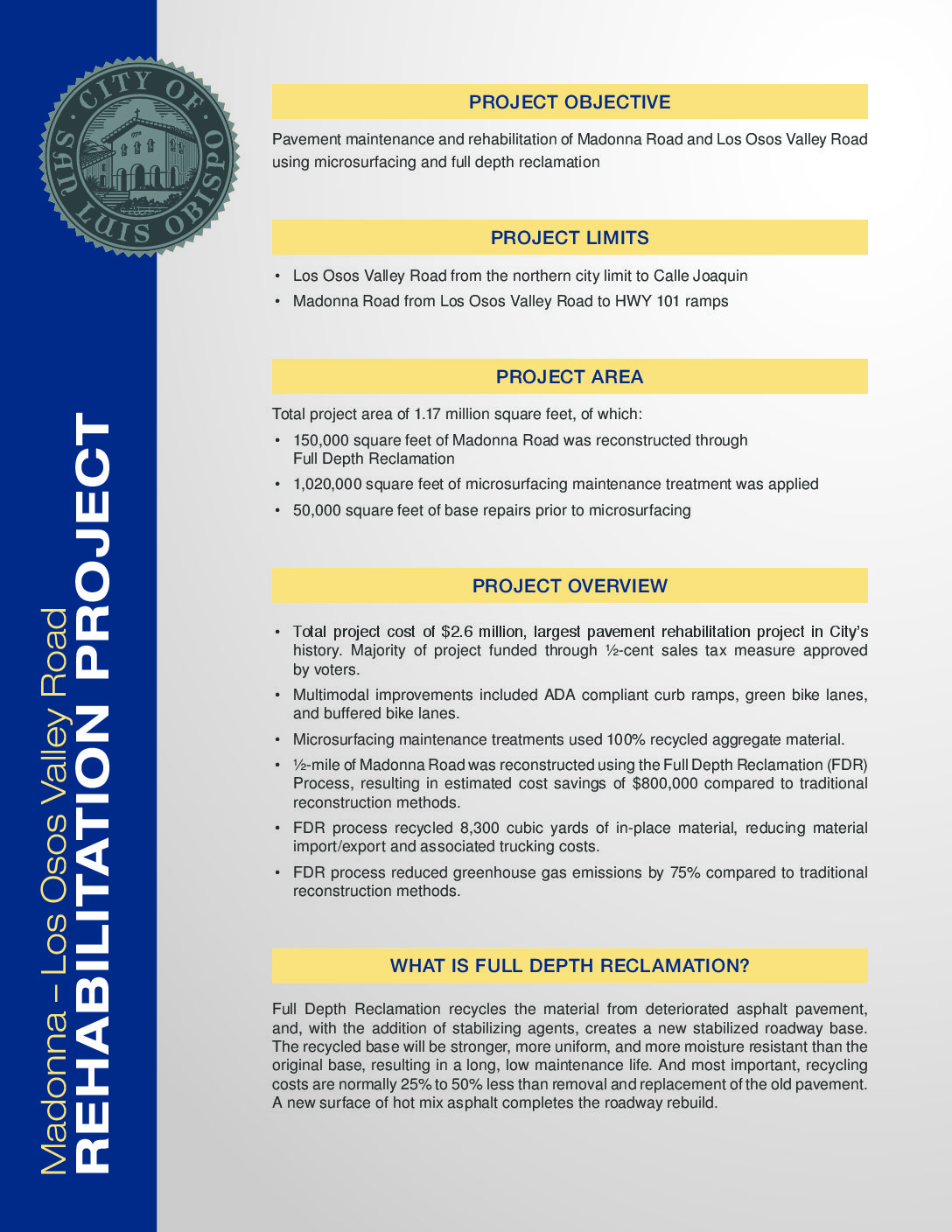
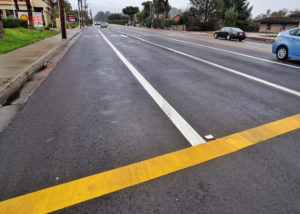
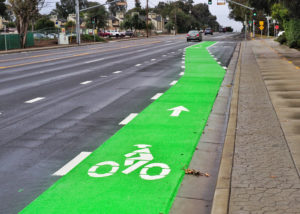
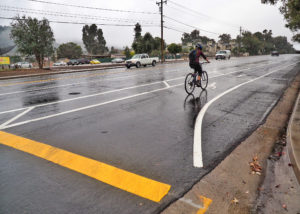
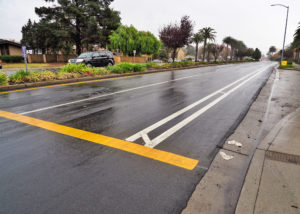
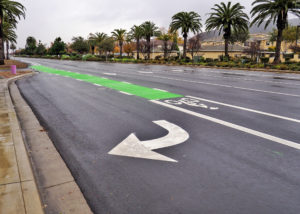
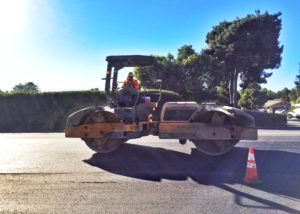
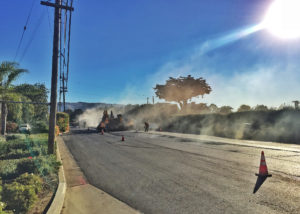
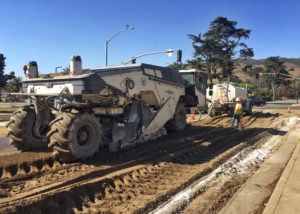
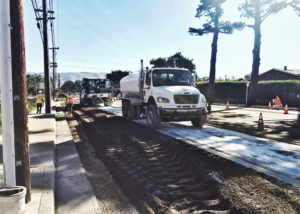
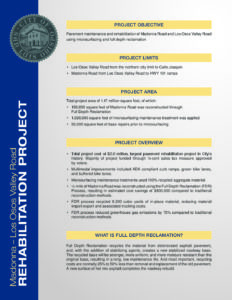
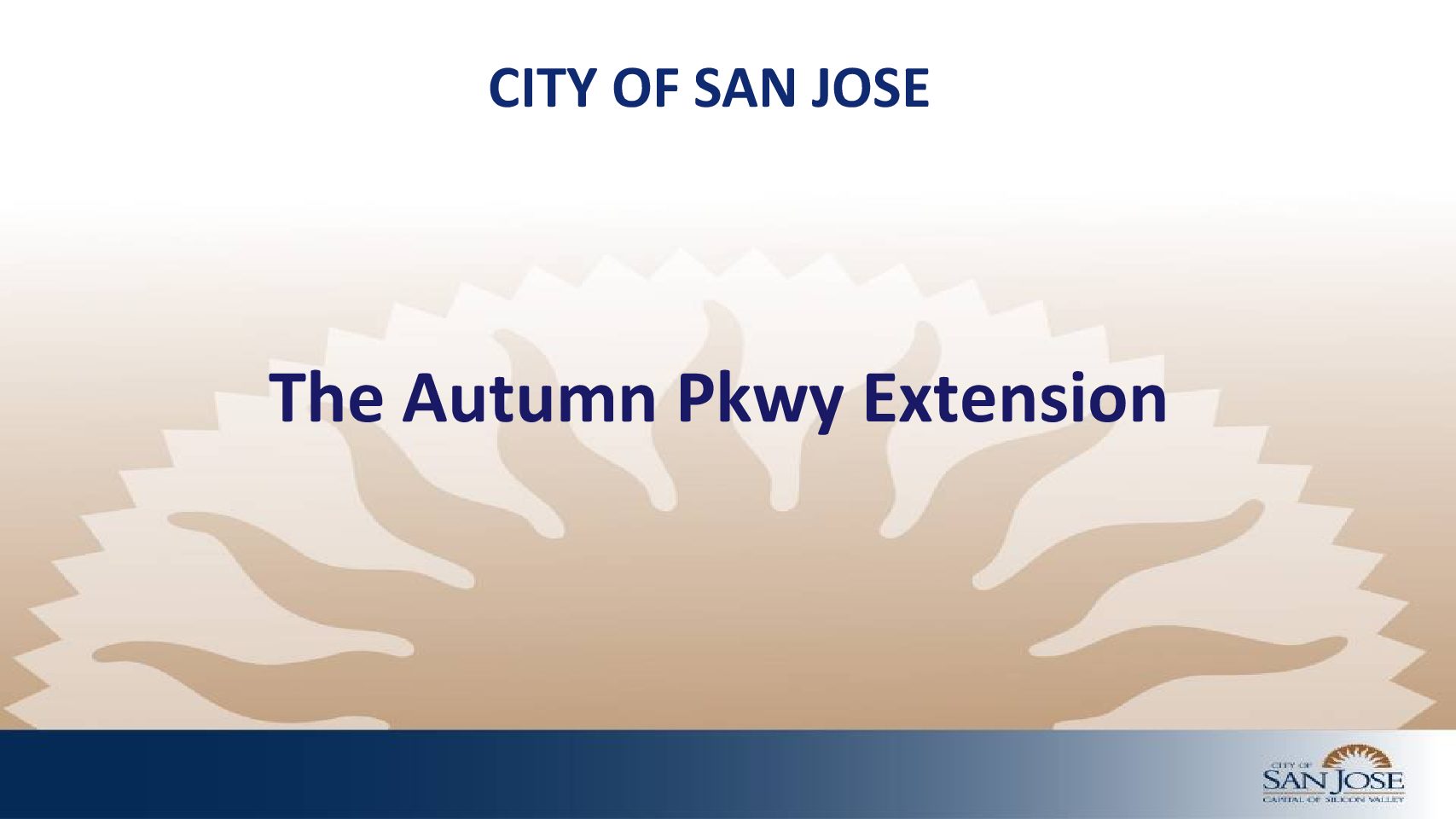
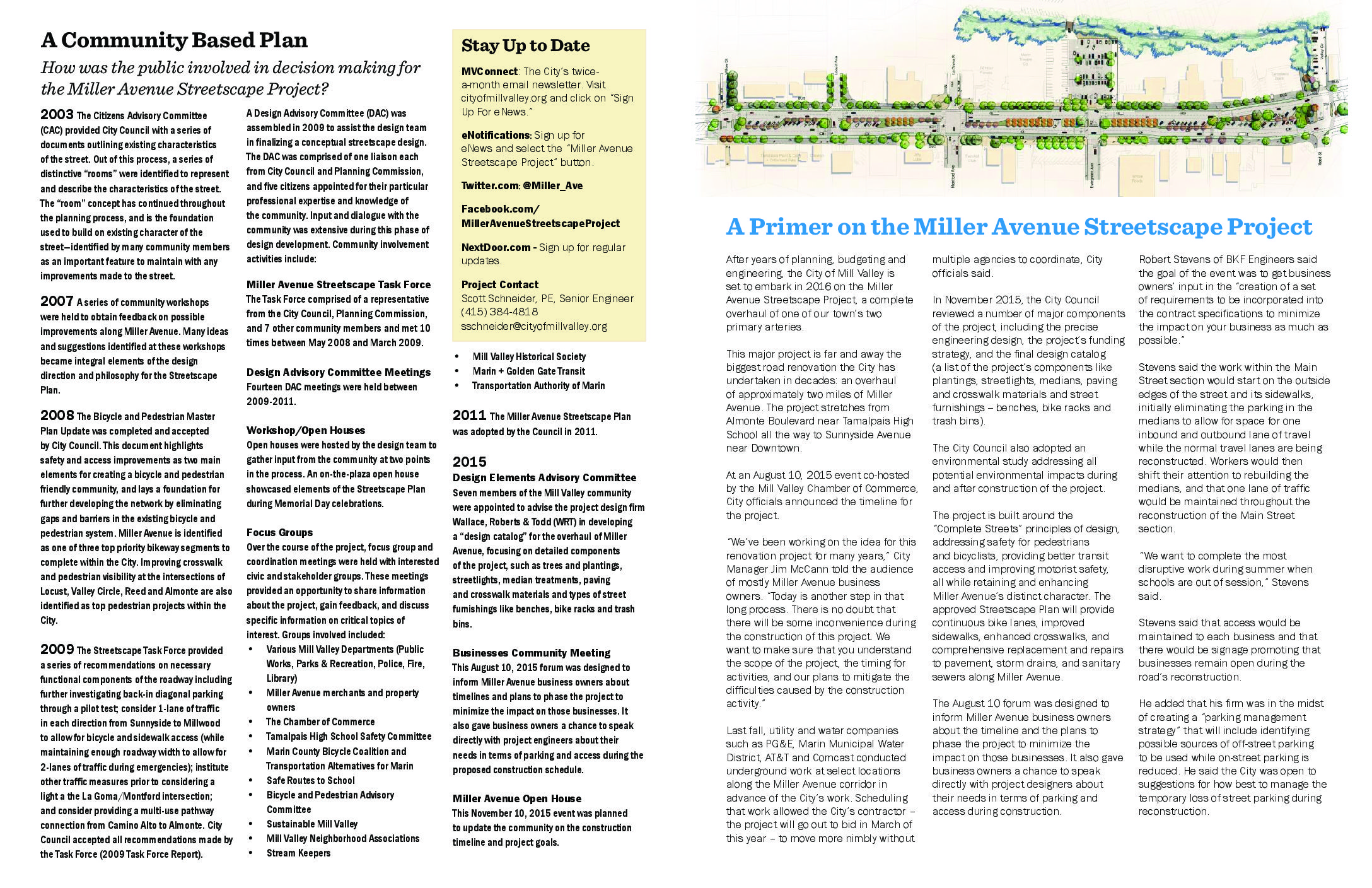
Add Comment